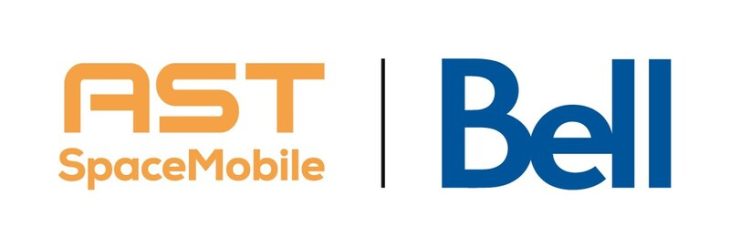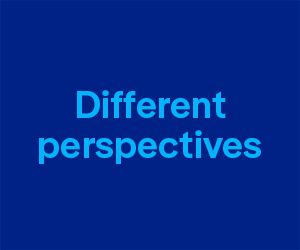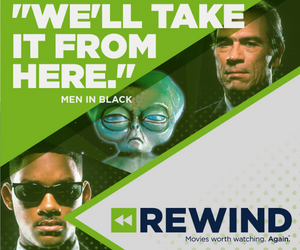
Bell said Thursday that it has successfully completed a test that sees satellites from AST SpaceMobile beam connectivity for services including 4G voice over LTE call, text, emergency alerts, broadband data, and video streaming.
The test, which used AST SpaceMobile BlueBird satellites, was conducted in New Brunswick over the summer, and “lays the groundwork for Bell’s planned deployment of low Earth orbit direct-to-cell service in 2026,” Bell said in a press release.
The deployment utilized Bell’s low band spectrum and base stations on the ground to beam the signal to the satellite and user devices, it said.
“Space-based cellular broadband will bridge the connectivity gap between Bell’s terrestrial networks and Canada’s most geographically challenging areas, from northern communities to remote coastal regions,” it added in the release. “The technology will support vital emergency response services, improve remote operations in the mining, forestry, agriculture, and energy sectors, and bring essential communication to residential customers.
“Space-based cellular will support outdoor recreation and tourism and allow Canadians to better connect with family and friends and access top streaming content from Crave and other providers from virtually anywhere,” it continued.
Bell’s partnership with AST SpaceMobile, which specializes in space-based cell broadband service, dates back to 2021. The telco invests in the company through its venture capital initiative, Bell Ventures.
“Bell’s technology team works hand-in-hand with the AST SpaceMobile team, contributing Canadian expertise to the deployment and operation of the technology,” the Thursday release said. “This level of engagement – from initial investment to shared expertise and equipment ownership – will enable Bell to deliver a uniquely robust and reliable direct-to-cell service.”
The satellite-to-mobile era in Canada is slowly coming online. Rogers announced last month that it has expanded its satellite-to-mobile texting service, Rogers Satellite, to more areas after launching the beta in July. That service will expand to include support for apps, data and voice services, the cable giant said.
Service providers and space companies in the United States have also been partnering to fill the dead zones.



